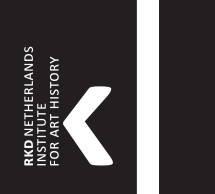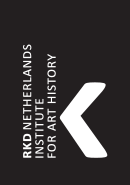6.8 Conclusion
Not all noteworthy Dutch and Flemish paintings in Poland could be mentioned in the present text for practical reasons. However, the ‘map’ of collections holding them has been outlined here and numerous references were cited, enabling access to many more paintings and much more information.
In conclusion of this review, I would like to underline three recent developments that contributed in different ways to the subject discussed here. One is the outstanding generosity of two donors from abroad: Andrzej Ciechanowiecki and Karolina Lanckorońska, whose endowments made up in a certain degree for the great art losses that took place throughout Poland’s history. Worth attention is also the fact of growing awareness of European old master painting in Poland – the new millennium brought along numerous significant and visually attractive publications in this field. Last but not least, one should note the very important role that the RKD and CODART have played in the process of documenting Dutch and Flemish art in Poland. Polish scholars owe indeed much to the expertise and friendly assistance of colleagues from both institutions. Let our warmest expressions of gratitude be extended to them for this precious form of intellectual ‘Ausbreitung und Nachwirkung’. I would also like to offer my warmest thanks to Polish colleagues: prof. Jacek Tylicki and Sławomir Majoch from the Nicolaus Copernicus University in Toruń, Piotr Michałowski from the National Museum in Poznań and Krzysztof Przylicki from the Catholic University of Lublin for their information and advice, their opinions, suggestions and providing with visual material, which proved of great value during compiling work of the present essay.

